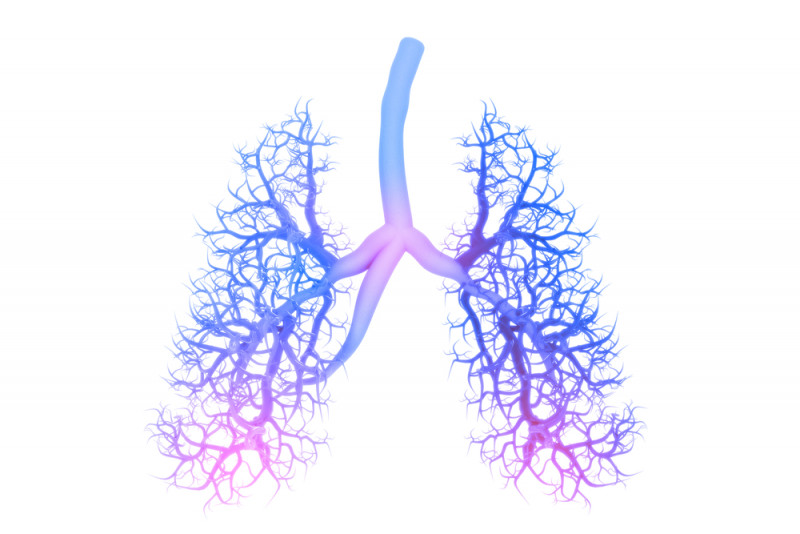Researchers Probe Targets to Reduce Mucus Production
Written by |

crystal light/Shutterstock
Yap and Taz — two proteins involved in lung injury responses and regeneration — suppress the maturation of mucus-producing goblet cells and limit mucus levels in the lungs, according to a study of mice.
These findings suggest that promoting Yap/Taz’s activity may be a potential therapeutic approach to limit the excessive or abnormal mucus production that characterizes cystic fibrosis (CF) and other lung diseases.
“By identifying new regulators of goblet cell production, we offer insight into mechanisms that may contribute to these diseases,” Bob (Xaralabos) Varelas, PhD, the study’s senior author, said in a press release. Varelas is an associate professor of biochemistry at Boston University School of Medicine.
“By targeting these signals we can repress the production and maintenance of goblet cells and therefore may offer therapeutic directions for limiting the expansion of these cells in lung disease,” Varelas added.
The study, “Yap/Taz inhibit goblet cell fate to maintain lung epithelial homeostasis,” was published in the journal Cell Reports.
The lung’s lining, or epithelium, is composed of specialized cells that perform the key functions of gas exchange and barrier host defense.
Club cells are lung epithelial cells that can give rise to other lung cell types, while goblet cells are those that produce and secrete mucins, the major protein components of mucus. Notably, while goblet cells are typically maintained at relatively low numbers, environmental insults or inflammatory signals promote their growth and maturation.
“Uncontrolled [maturation] of goblet cells leads to increased production and secretion of mucins within the airways, with accumulation of excess mucins being a hallmark feature of numerous airway diseases, including asthma, chronic obstructive pulmonary disease (COPD), and cystic fibrosis,” the researchers wrote.
CF is caused by mutations in the CFTR gene, which provides the instructions to produce a protein channel of the same name that controls the flow of water and salts through cells. Defects in CFTR result in the production of thick mucus and salty sweat.
Now, Varelas and his team discovered two new regulators of goblet cell numbers, called Yap and Taz.
Both part of the Hippo signaling pathway, these proteins previously were shown to regulate several processes in the lung, such as maturation of the several epithelial cell types, injury repair, and tissue regeneration.
In the current study, researchers found that genetically suppressing both Yap and Taz in the lung epithelium of mice resulted in severe lung structural defects, higher-than-normal numbers of goblet cells, increased mucin production, lung inflammation and scarring, and early death.
Notably, these profound lung defects were observed only in the absence of both Yap and Taz, with genetic deletions of either protein having no overt
effects, suggesting that each of these two factors can compensate for the other’s loss in maintaining lung health.
Further analyses showed that the excess of goblet cells in these mice was a result of cell maturation into goblet cells, and that the absence of Yap and Taz increased the activity of lung-associated mucin genes.
Using lab-grown mouse and human airways epithelial cells, the team also found that Yap and Taz directly regulate a complex network of signals, including Spdef, a protein essential for goblet cell maturation and known to control the activity of mucin-related genes.
The absence of both Yap and Taz also increased the susceptibility of airway cells to pro-inflammatory molecules known to work as triggers of goblet cell formation, suggesting that these proteins oppose pro-inflammatory signals in the control of goblet cell formation.
Notably, increasing the activity of Yap/Taz in lab-grown human airway cells reduced the activity of goblet cell-associated genes even in the presence of goblet cell-inducing pro-inflammatory molecules.
“These observations raise the exciting possibility that inducing Yap/Taz activity may provide a method for repressing goblet cell expansion in lung diseases,” the team concluded.
“By altering the proteins that control these signals we are able to either increase or decrease the production of goblet cells which offers potential new avenues for therapeutically targeting goblet cells in lung disease,” Varelas said.







